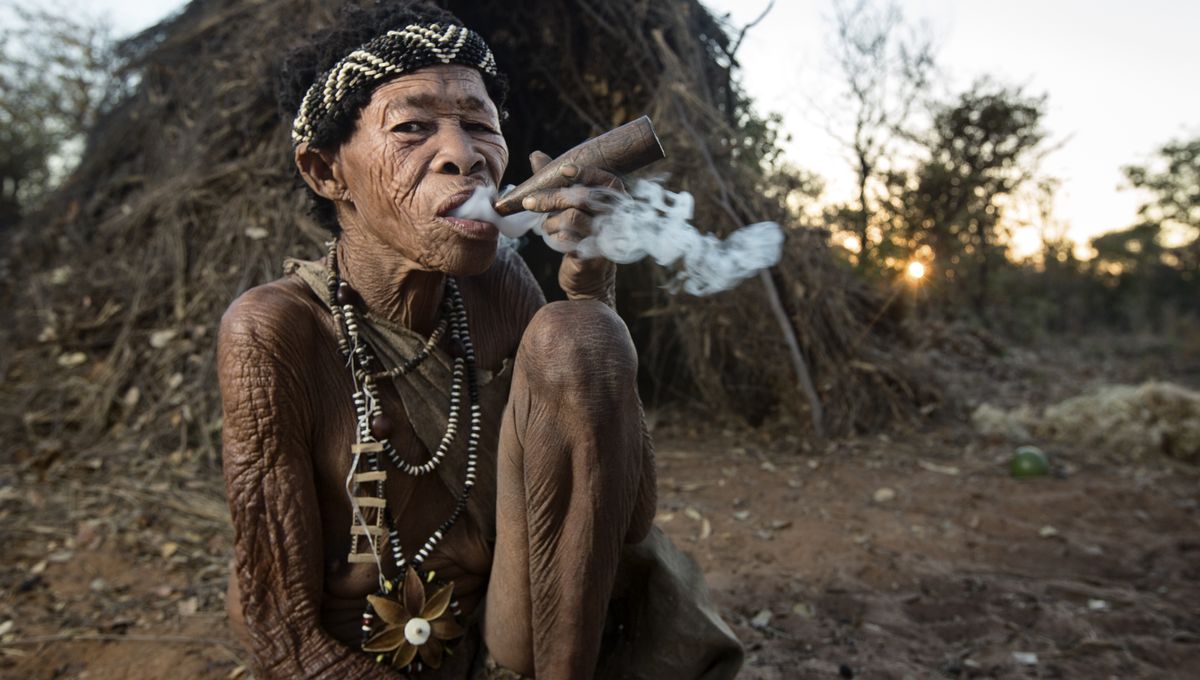
Members of the San and Khoe Indigenous populations of southern Africa can still trace much of their genetic ancestry back to prehistoric hunter-gatherers who lived in the region 10,000 years ago. According to the authors of a new study, this degree of genetic continuity over multiple millennia is “exceptional in the global archaeogenetic record.”
The researchers reached this staggering conclusion after sequencing the genomes of nine ancient individuals buried at the Oakhurst rock shelter, near the city of George in the Western Cape. Dated to between 10,000 and 1,300 years ago, these long-dead bushmen provide a “time transect” of the genetic changes that occurred in the area from the early Holocene to the end of the Stone Age.
Incredibly, the oldest individual included in the study “showed a genetic make-up indistinguishable from the later inhabitants of Oakhurst rock shelter,” suggesting that the local gene pool remained unaltered by external lineages for a period of around 9,000 years. Highlighting the uniqueness of these findings, study author Joscha Gretzinger explained in a statement that “similar studies from Europe have revealed a history of large-scale genetic changes due to human movements over the last 10,000 years. These new results from southernmost Africa are quite different, and suggest a long history of relative genetic stability.”
In their write-up, the researchers explain that the territory occupied by the southern San and Khoe people throughout the Holocene differs from most other regions on Earth in that it doesn’t appear to have experienced multiple waves of migration, genetic mixing, and replacement of ancient lineages. However, they go on to say that this rare period of continuity ended “rather abruptly” as pastoralists and farmers from East and West Africa started migrating to Southern Africa around 1,300 years ago.
As a result of this influx, all modern San and Khoe groups derive at least nine percent of their genetic heritage from sources originating outside of South Africa, Namibia, and Botswana. Despite this, however, the researchers explain that some southern San remain directly related to the 10,000-year-old residents of Oakhurst, and continue to preserve the “ancient, Pleistocene-derived genetic signature” of these early-Holocene ancestors.
“Especially among the ‡Khomani, Karretjiemense and Nama, who belong to the most admixed San/Khoe groups in southern Africa, some individuals still trace most of their ancestry back to these [Later Stone Age] hunter-gatherers,” write the study authors.
The study is published in the journal Nature Ecology & Evolution.
Source Link: Indigenous South Africans Still Directly Related To Their 10,000-Year-Old Ancestors